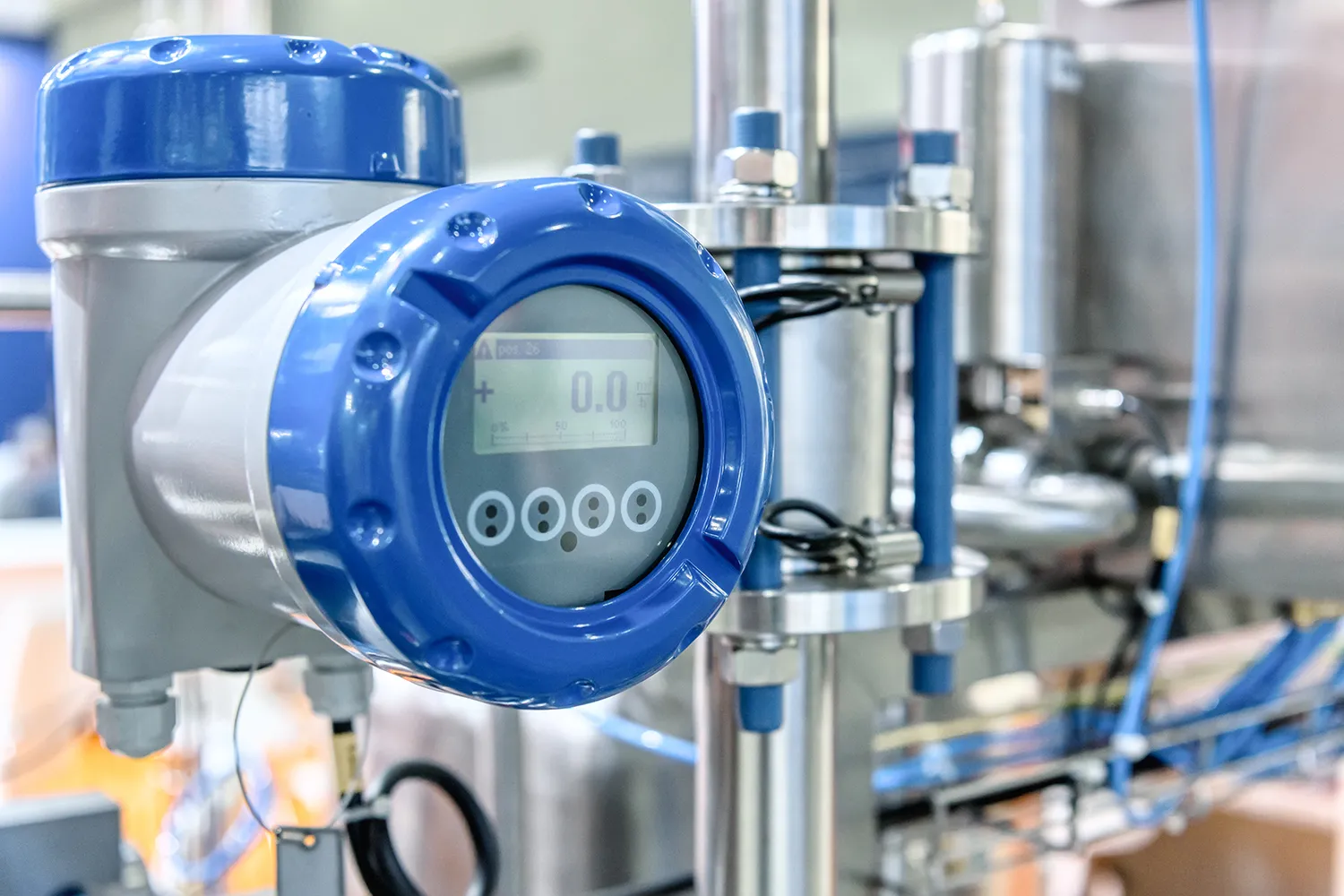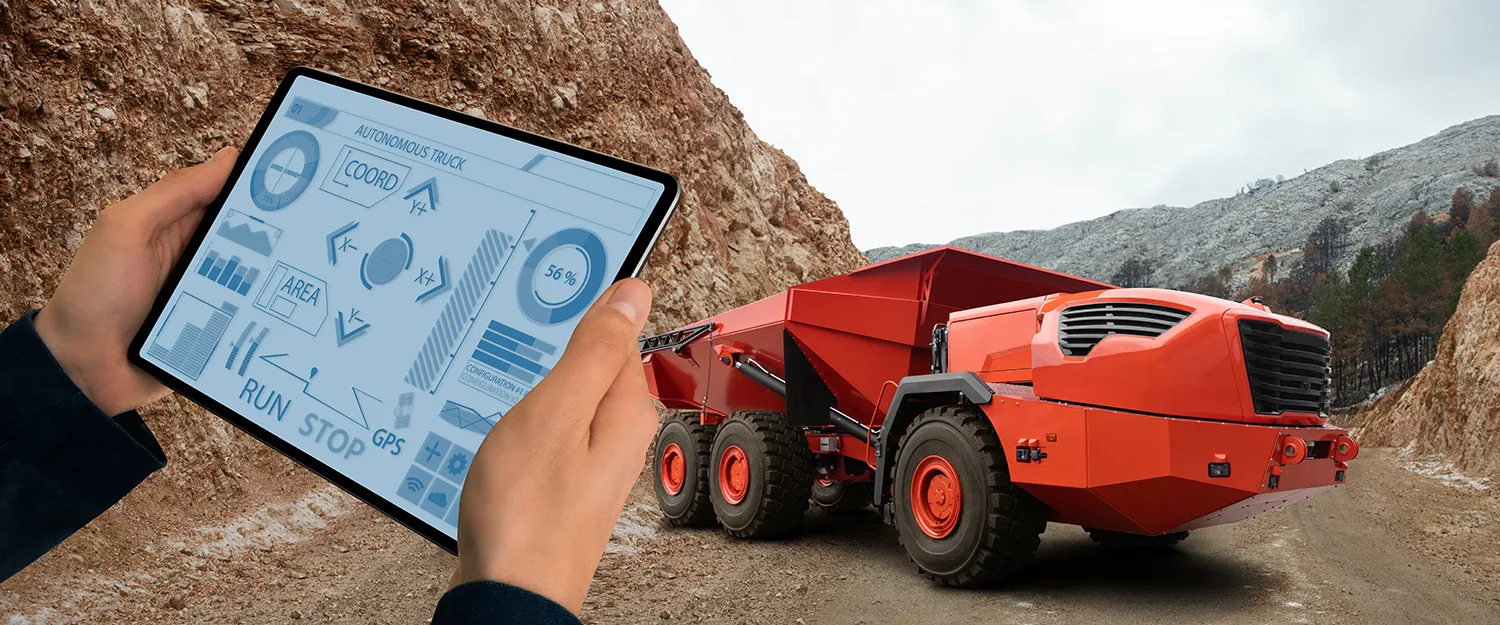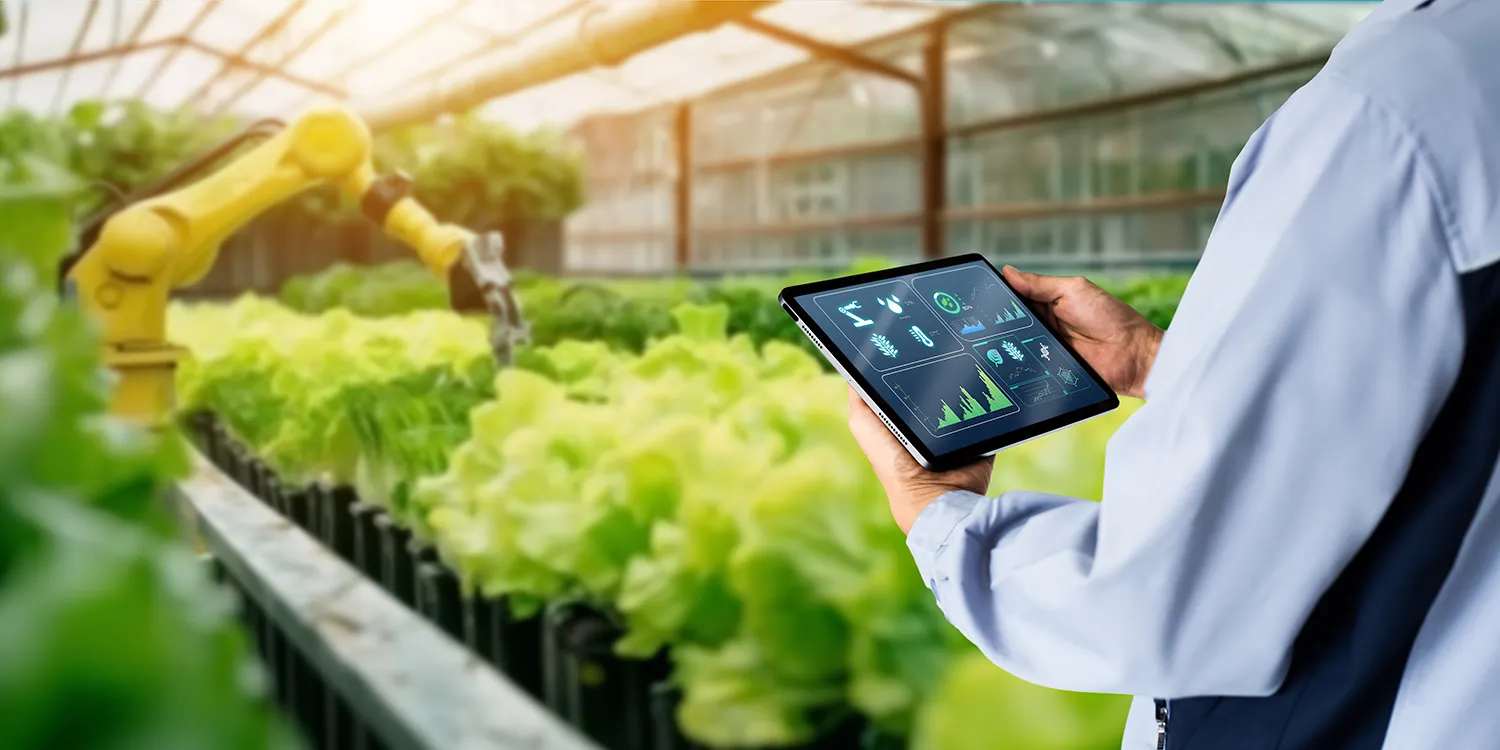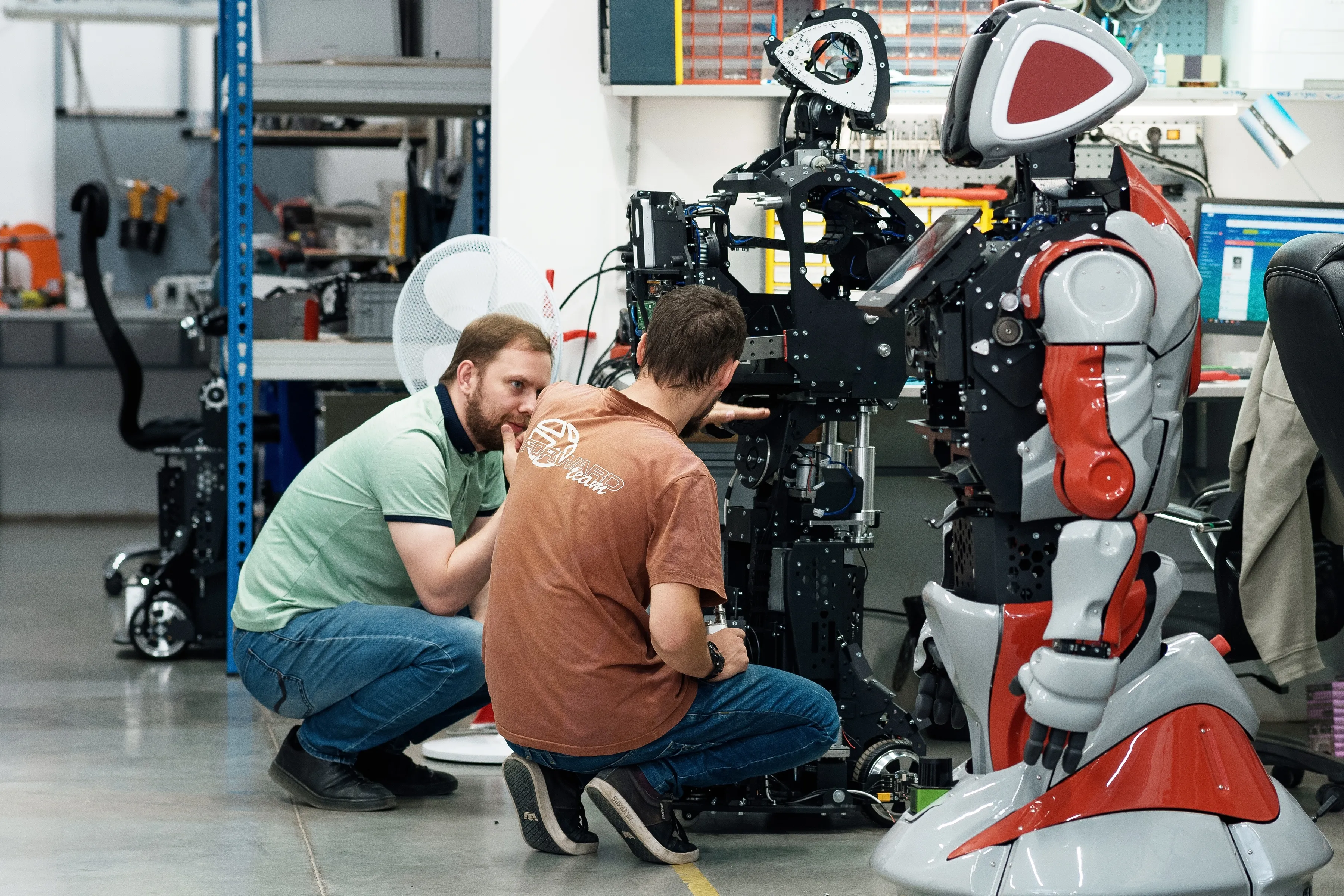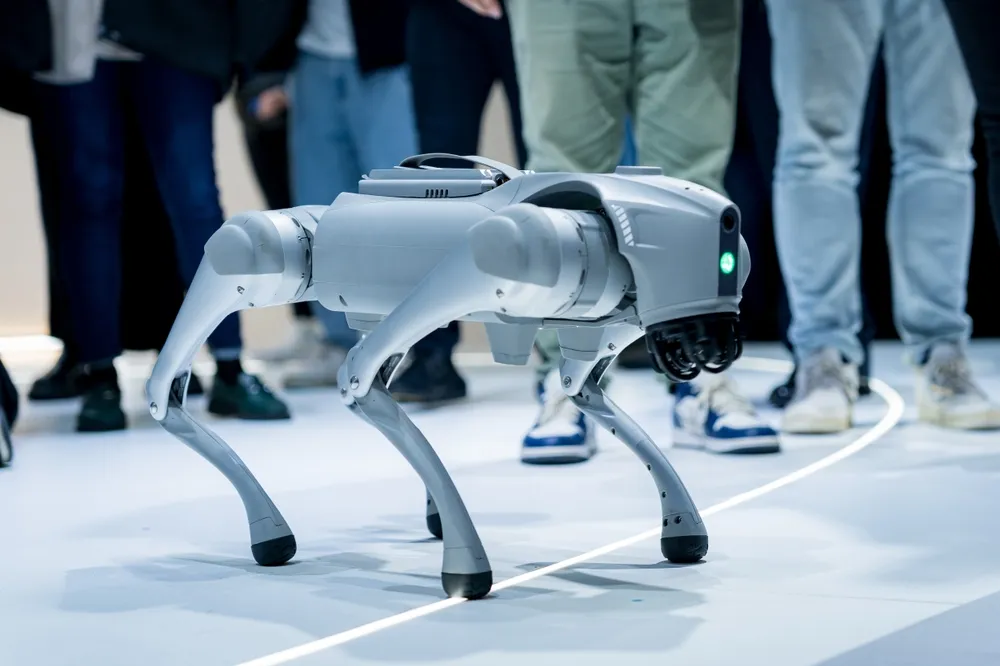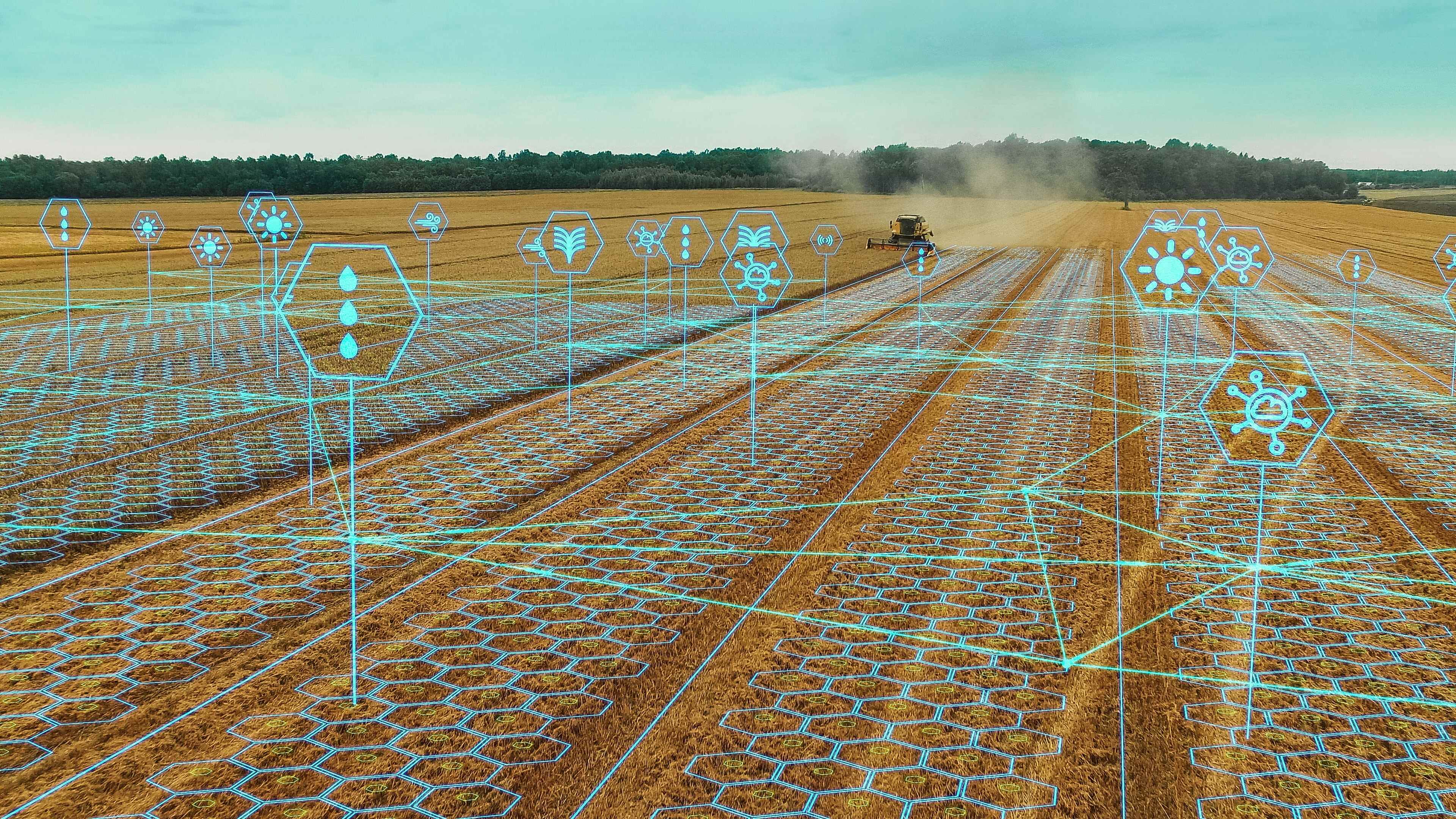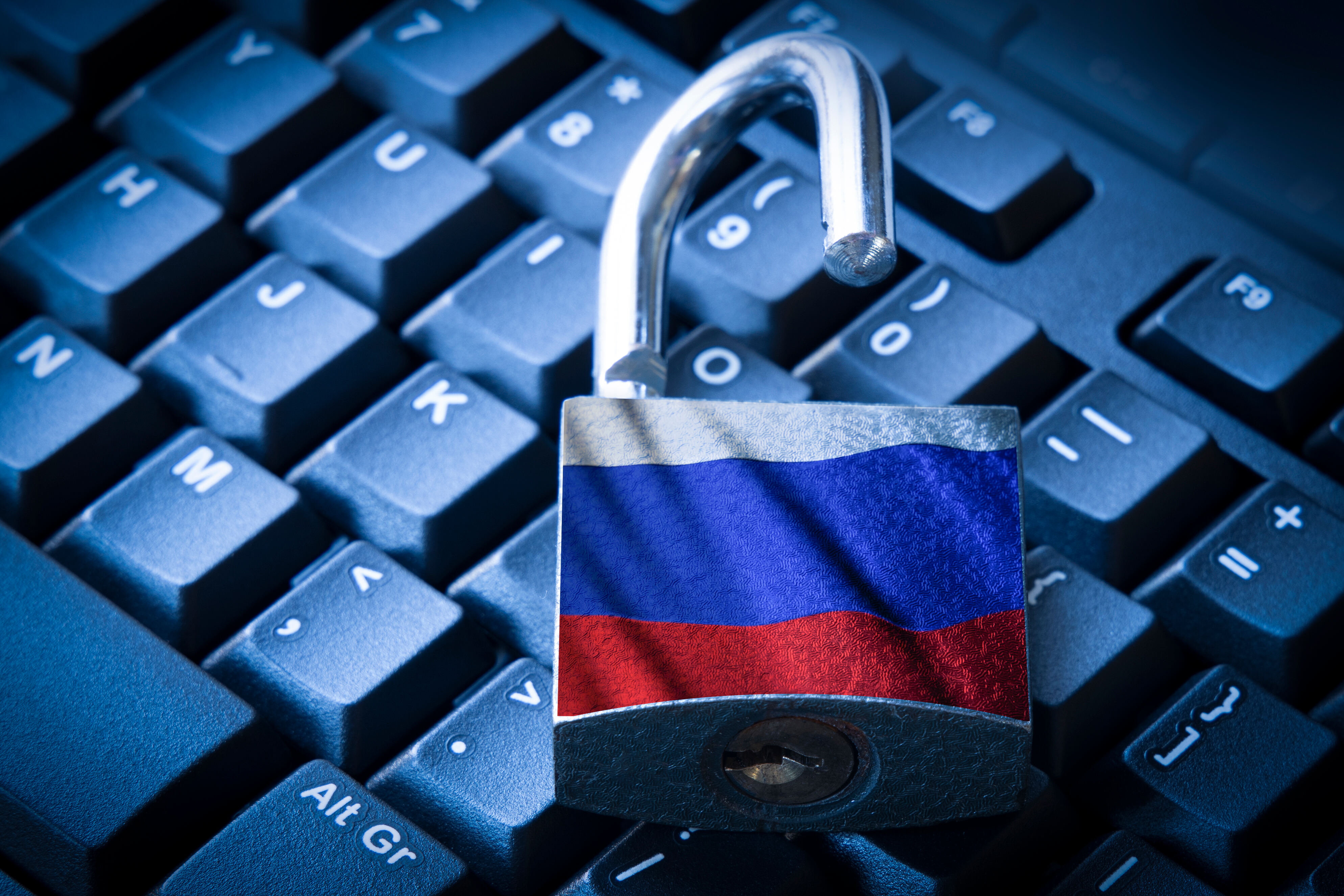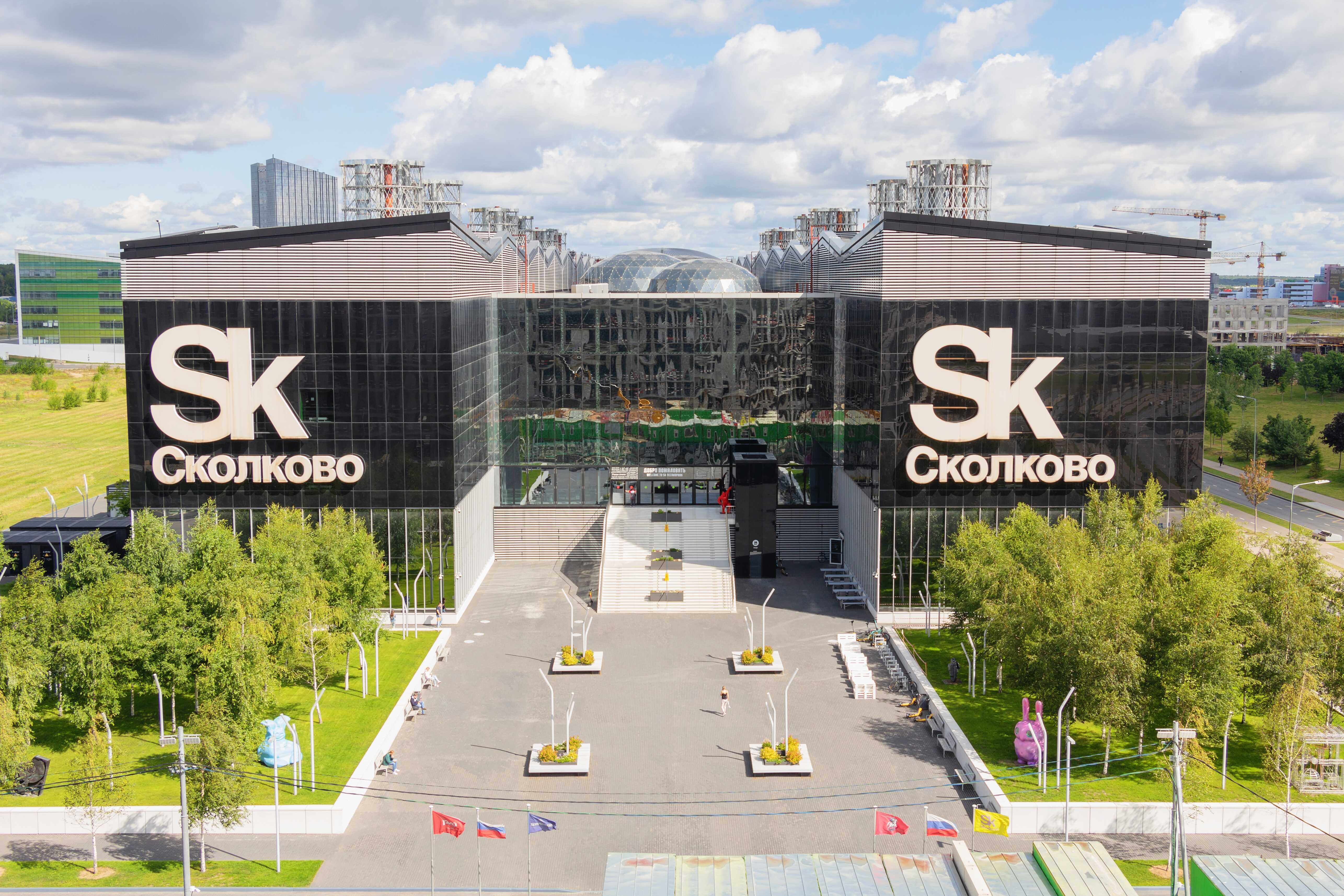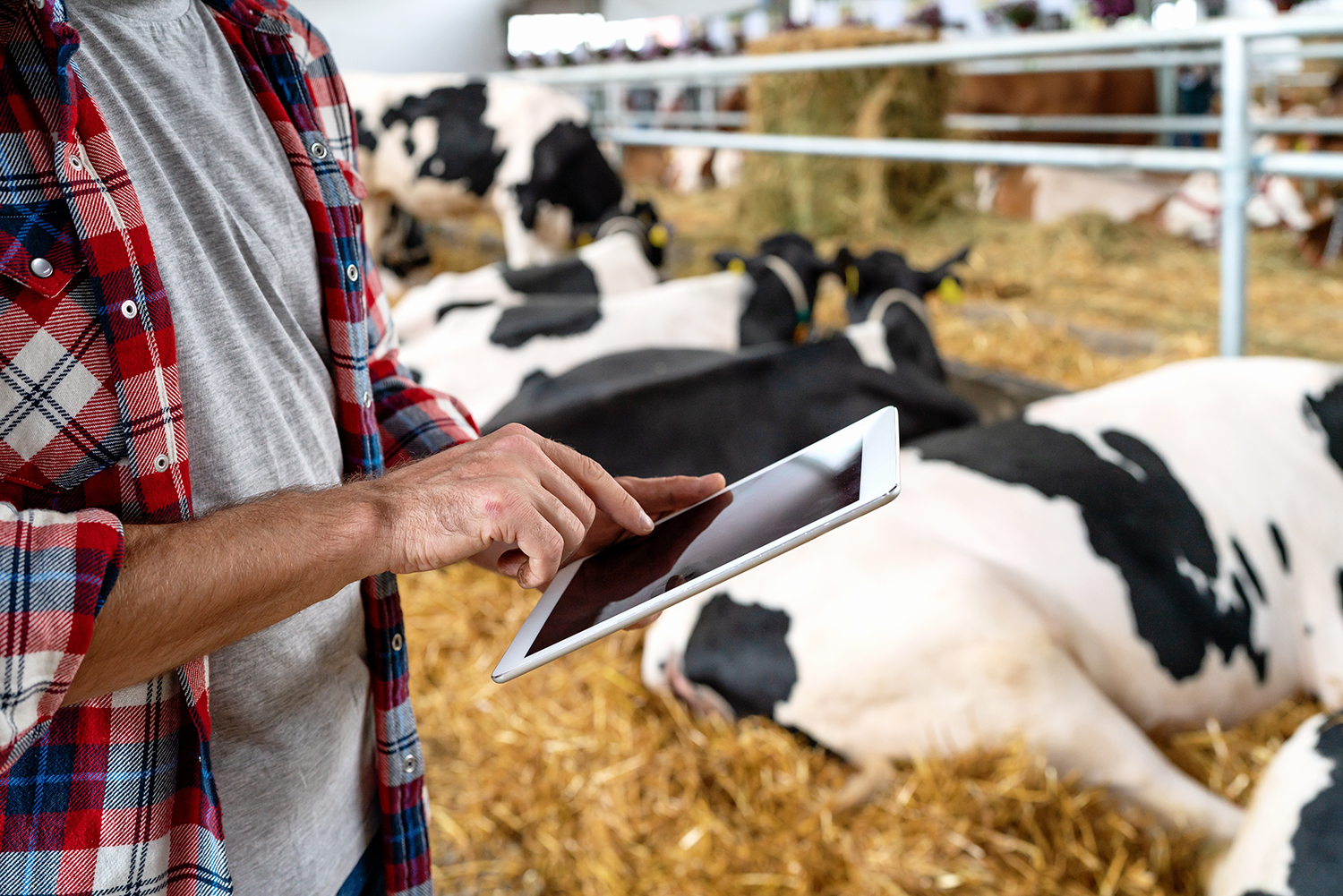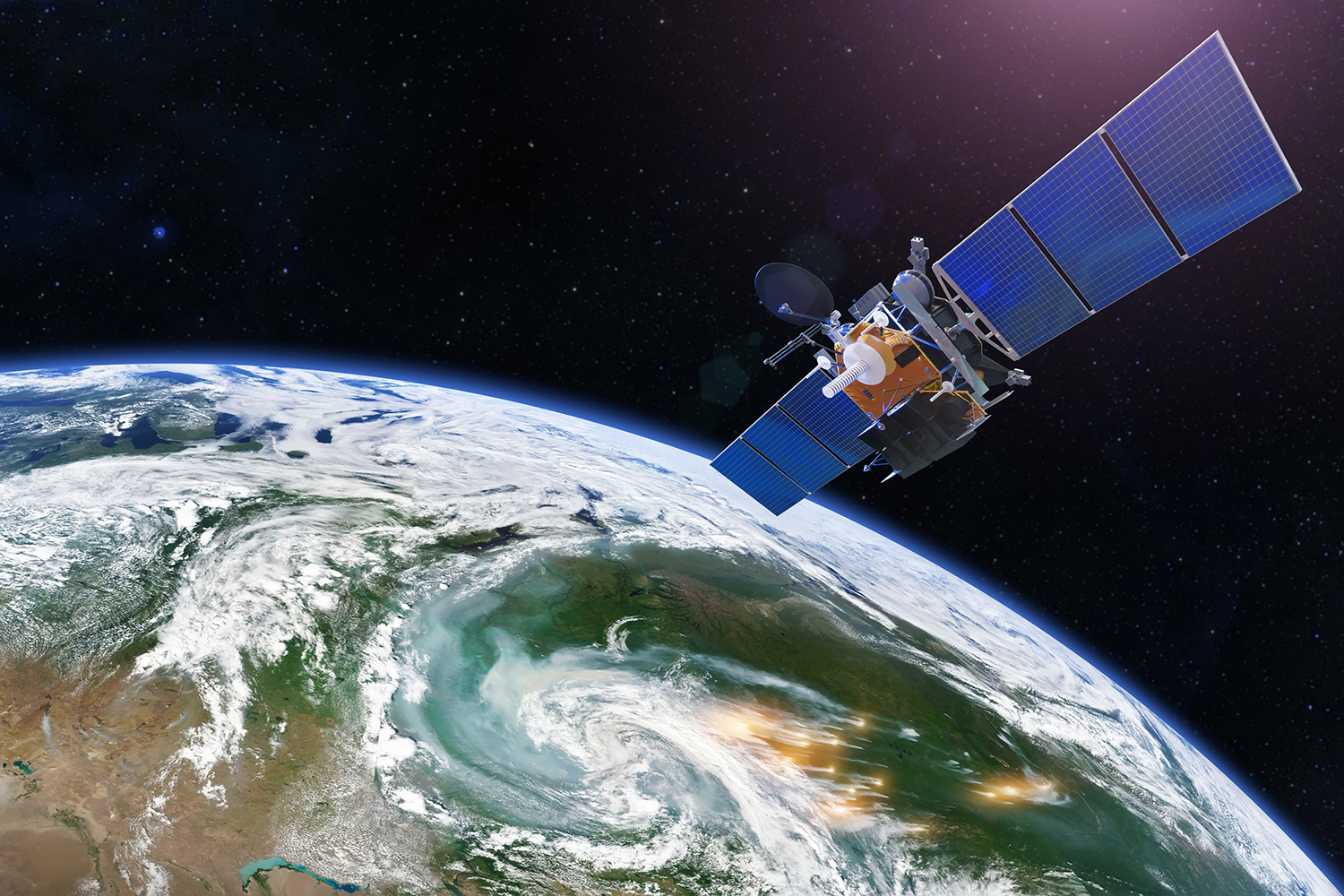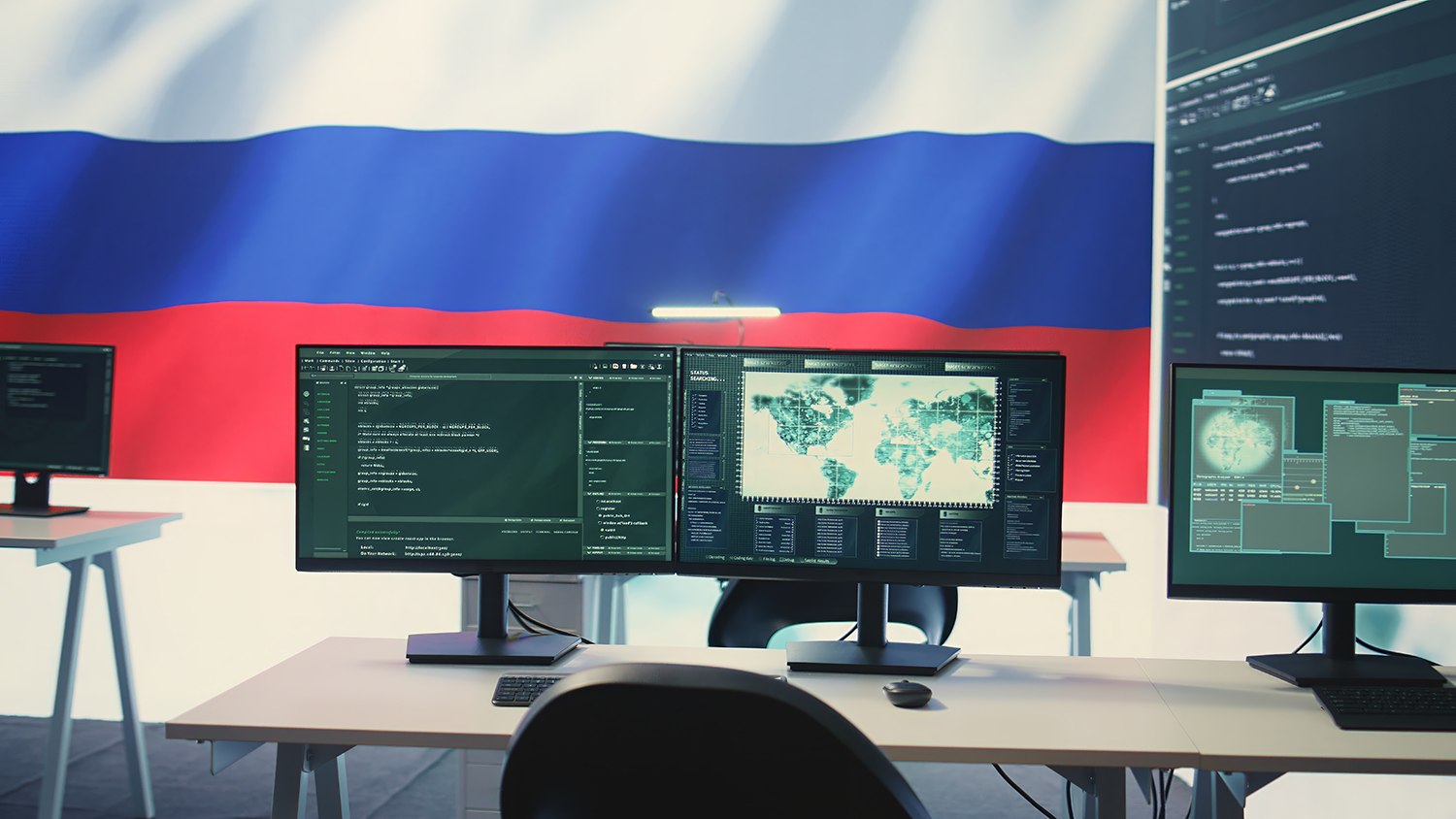Russian Ag Drones Boost Yields Across Asia and Africa
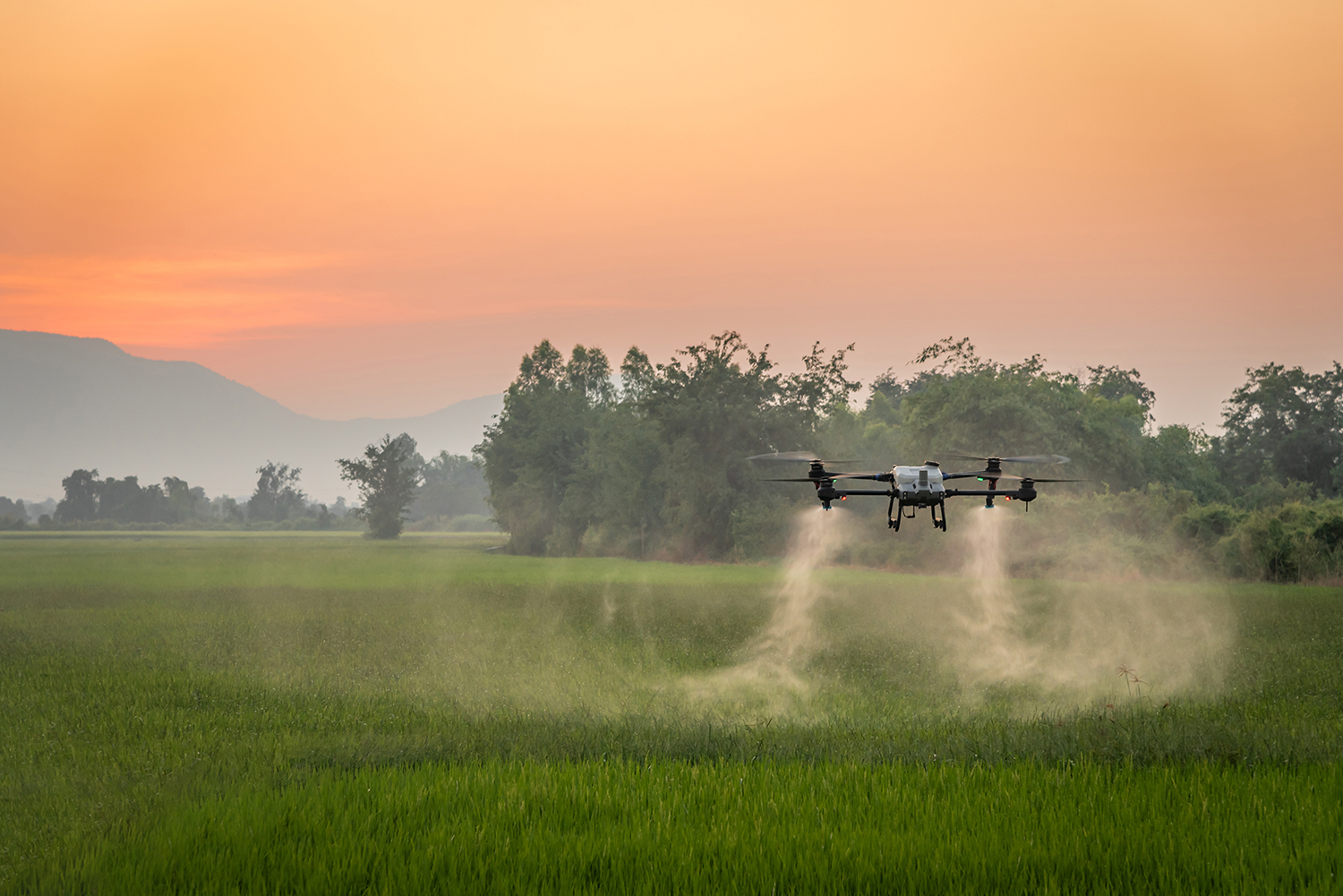
Russian-made agricultural drones are entering global markets, offering a scalable, affordable solution to modernize farming in developing countries and enhance food security.
From Observation to Precision
Gone are the days when agricultural drones were used solely for crop monitoring and field boundary clarification. Today, these UAVs enhance seeding efficiency, crop protection, and fertilizer application. Leading agricultural producers are already embracing the benefits of ultra-low-volume spraying, targeted fertilization, and precision pesticide deployment.
Drones equipped with multispectral imaging capture thermograms and NDVI maps to identify fertile zones and nitrogen-rich areas, track plant health, and monitor water or nutrient stress. The data is fed to AI systems for real-time field analysis and decision-making. This enables accurate harvesting readiness and optimized irrigation or input application.
Drones also serve as a frontline tool in pest detection. They allow for early intervention, helping localize insect infestations and apply pesticides precisely, protecting yields and minimizing chemical use.
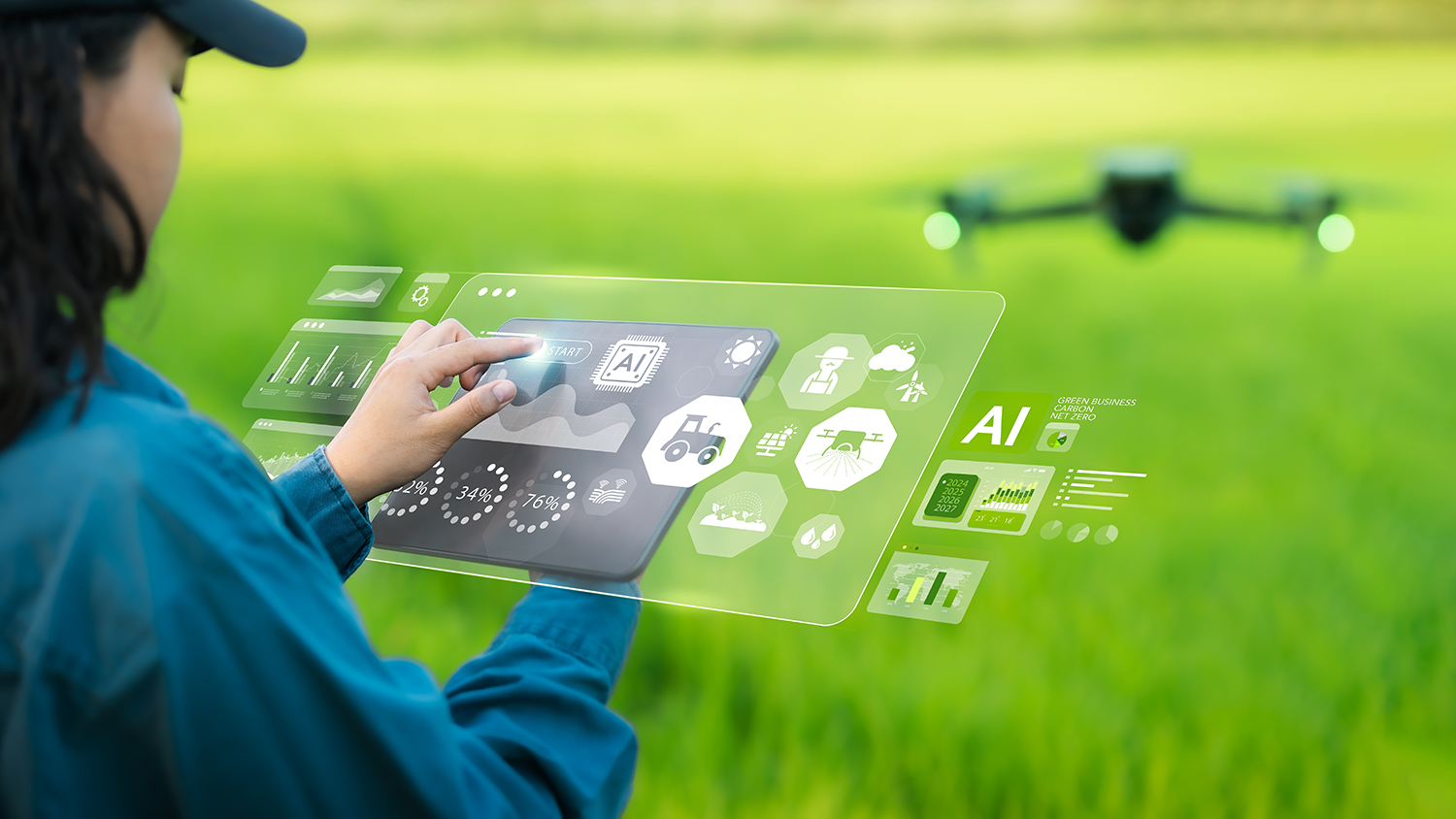
Designed for the Global South
Russian UAVs are tailored to the agricultural realities of Asia, Africa, and Latin America—regions where large land areas, complex terrain, diverse climates, and limited infrastructure challenge conventional farming. The affordability of these drones is a key advantage for countries with tight budgets.
Built for rugged environments, Russian drones are low-fuel, water-efficient, and capable of fine mist spraying. They offer high precision, reach inaccessible areas, and can navigate irregularly shaped fields surrounded by tree lines. One operator can control multiple drones, reducing labor demands.
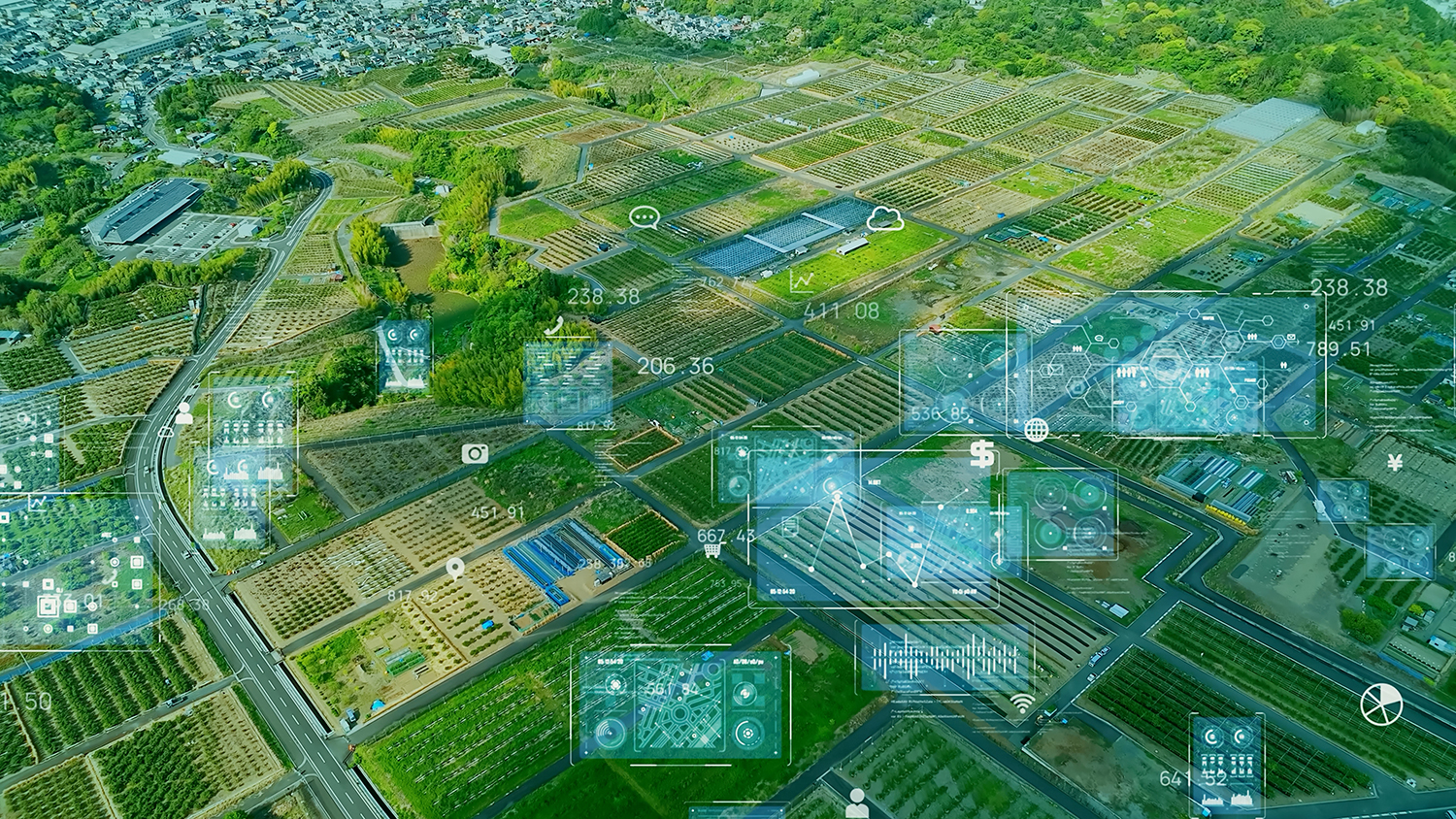
International Deployment and Market Growth
According to Anton Blik, CEO of Flying Trucks, Russian ag drones have vast export potential across the Global South. Uzbekistan has already purchased drones worth 54 million rubles, and Kazakhstan is integrating Russian AI-based drones for field mapping and soil analysis. The locally manufactured Agrodron A60-X, produced in Bashkortostan, is actively used in ultra-low-volume spraying.
Demand is also rising in Africa. Sudan has imported Russian UAVs worth 360 million rubles over five years. In Nigeria, drones support crop yield estimation and cultivation optimization. Trade officials report a $110 million procurement request for Russian agricultural equipment, including drones. Kenya is testing UAVs for pasture monitoring and soil fertility analysis.
Latin America is joining the trend. Venezuela has acquired Russian drones worth 72 million rubles, with pilot programs underway in Argentina, Colombia, and Paraguay.
Analysts at SK Capital estimate the 2024 global UAV market at $34 billion, with Russia accounting for 7%. The domestic UAV sector grew by 45% year-over-year, reaching 35.9 billion rubles. However, only 10% of companies currently have export revenue—leaving ample room for growth.
Agricultural drones are among the most promising segments in Russia's UAV industry. This 'drone revolution' promises to transform agriculture as profoundly as mechanization once did. Countries that seize this technological wave will secure food systems and gain strategic advantages in the global food market.


